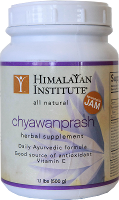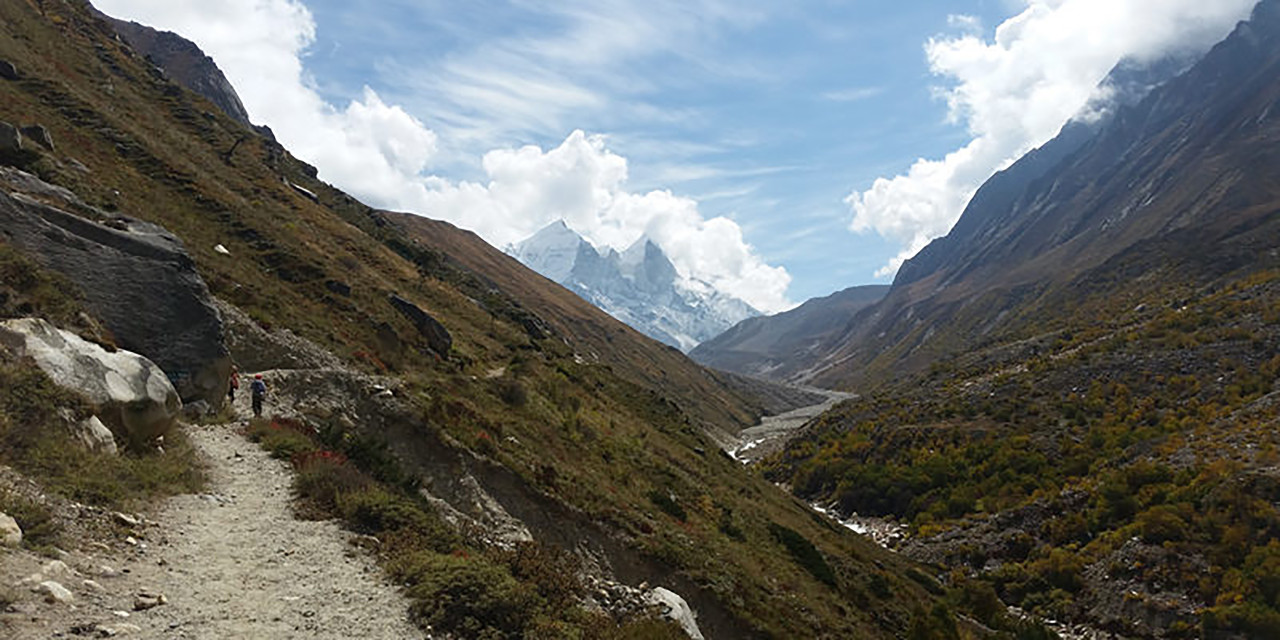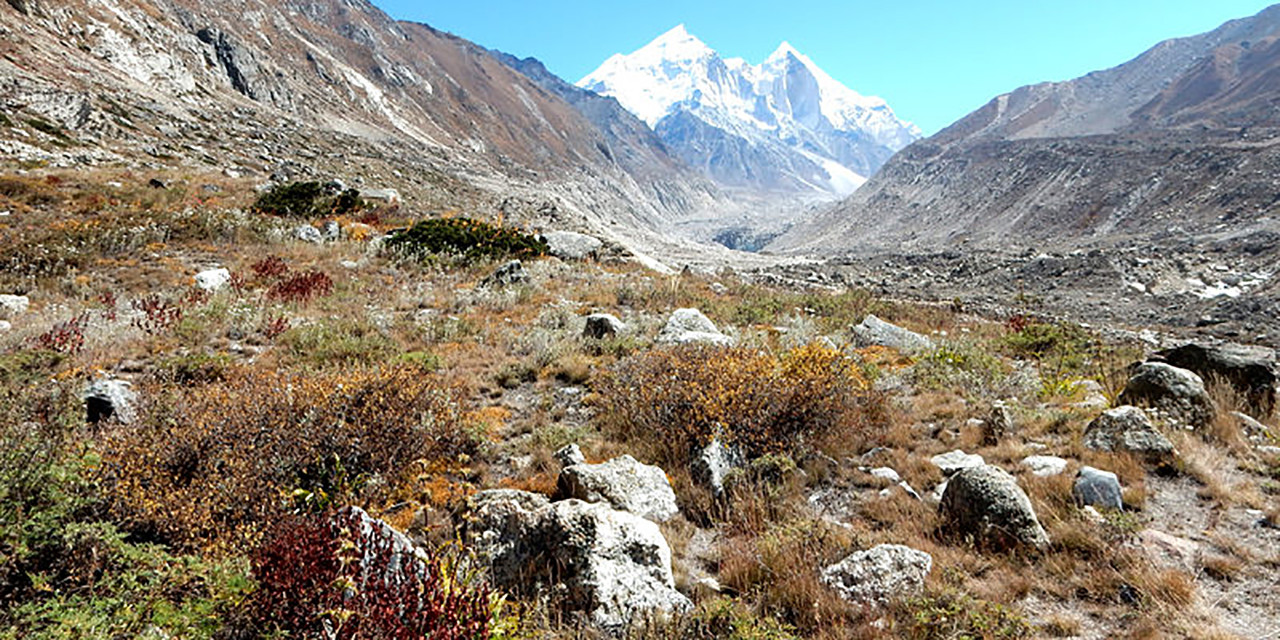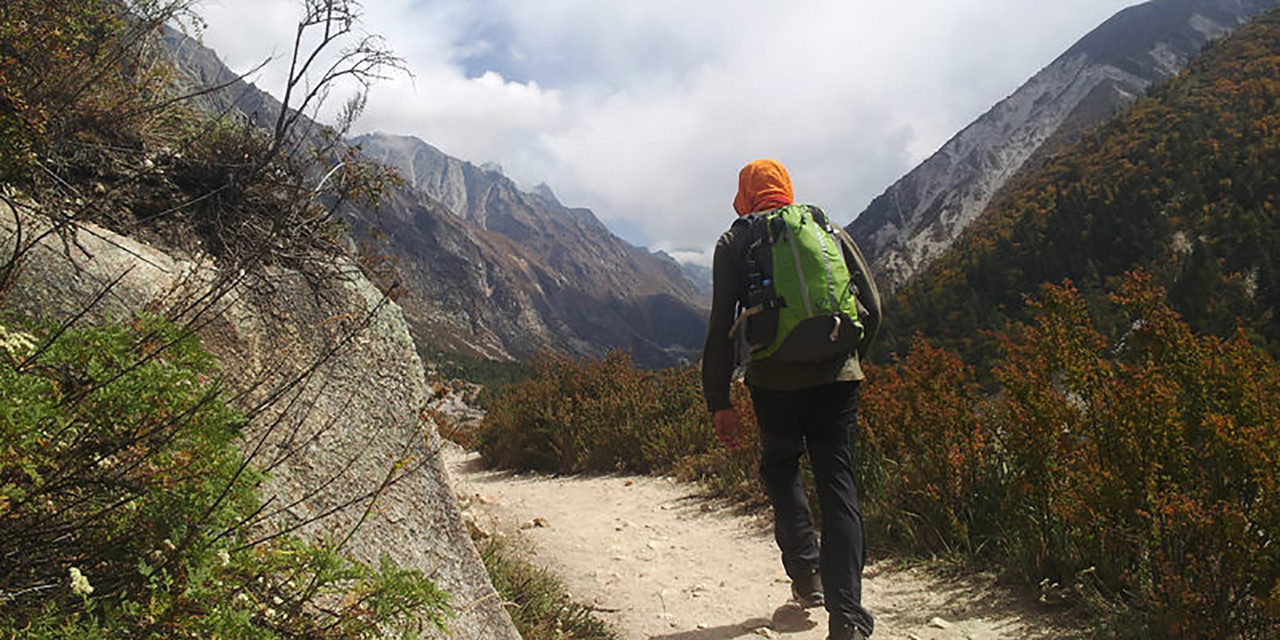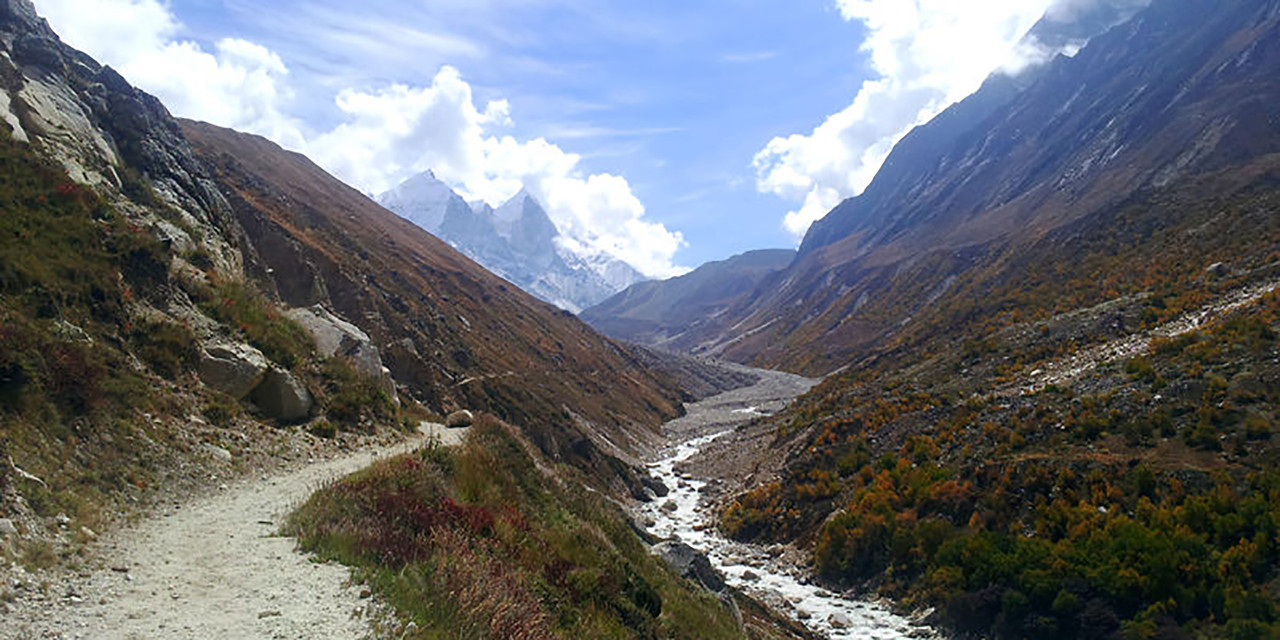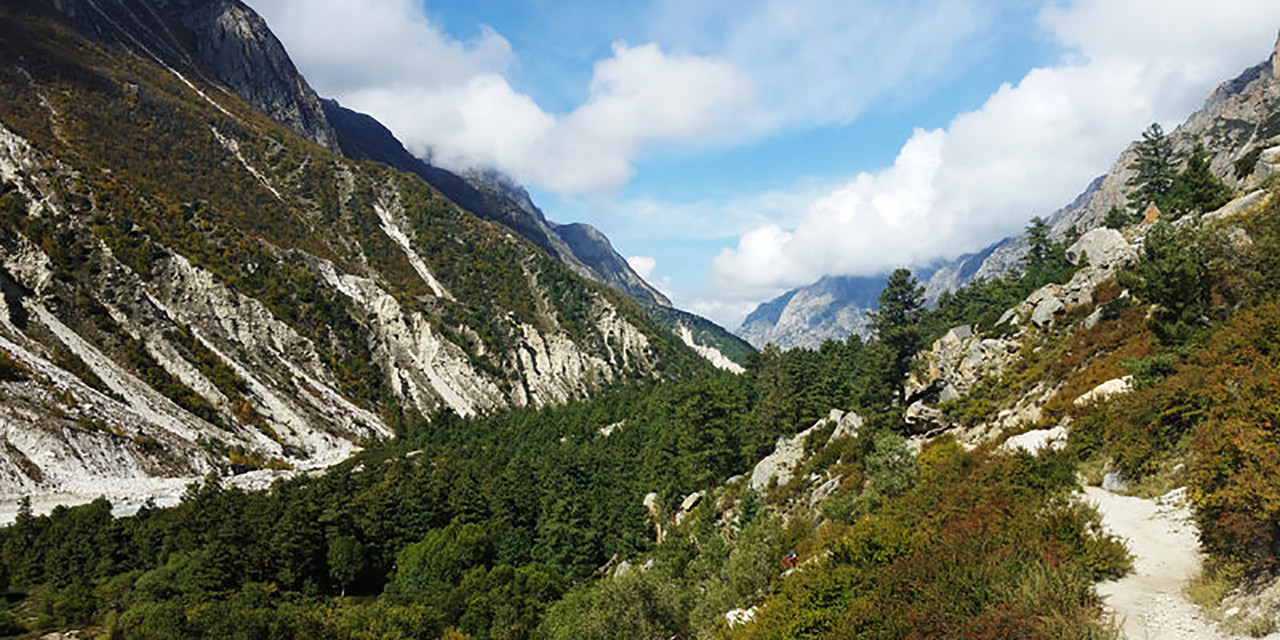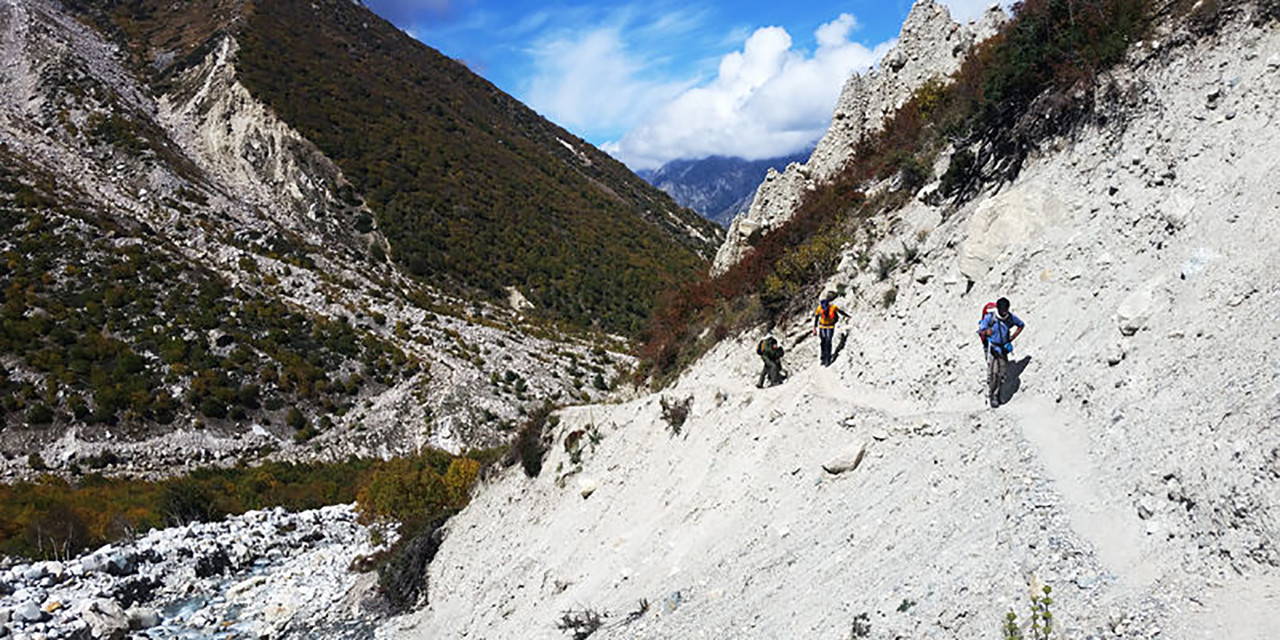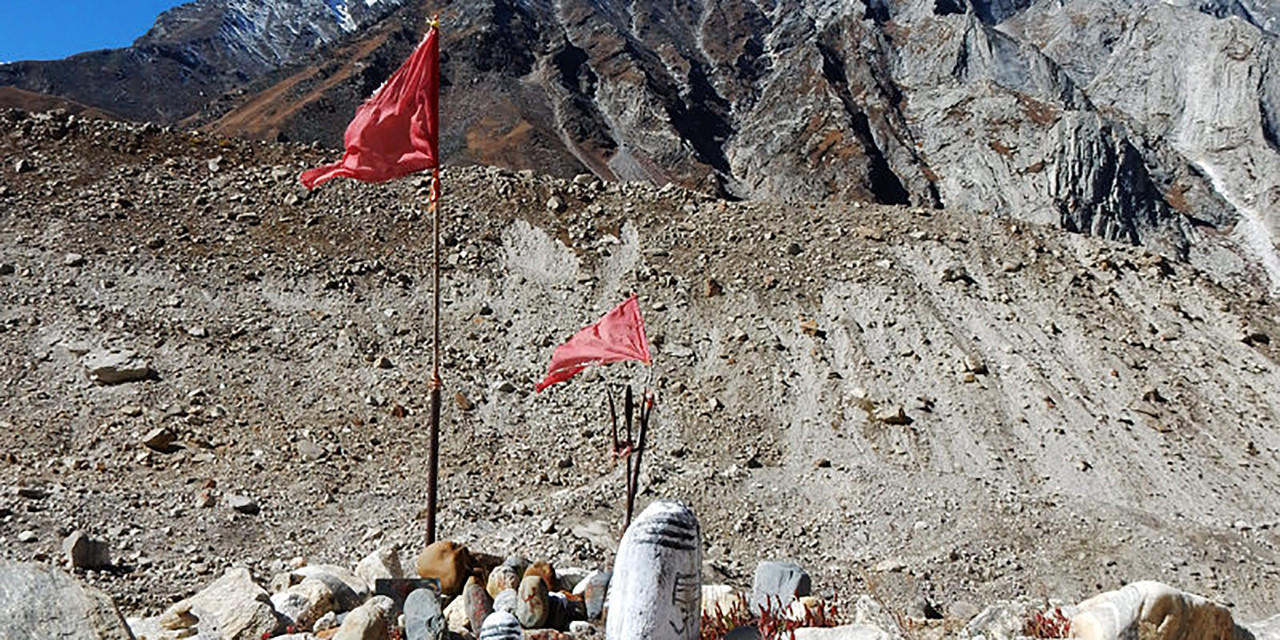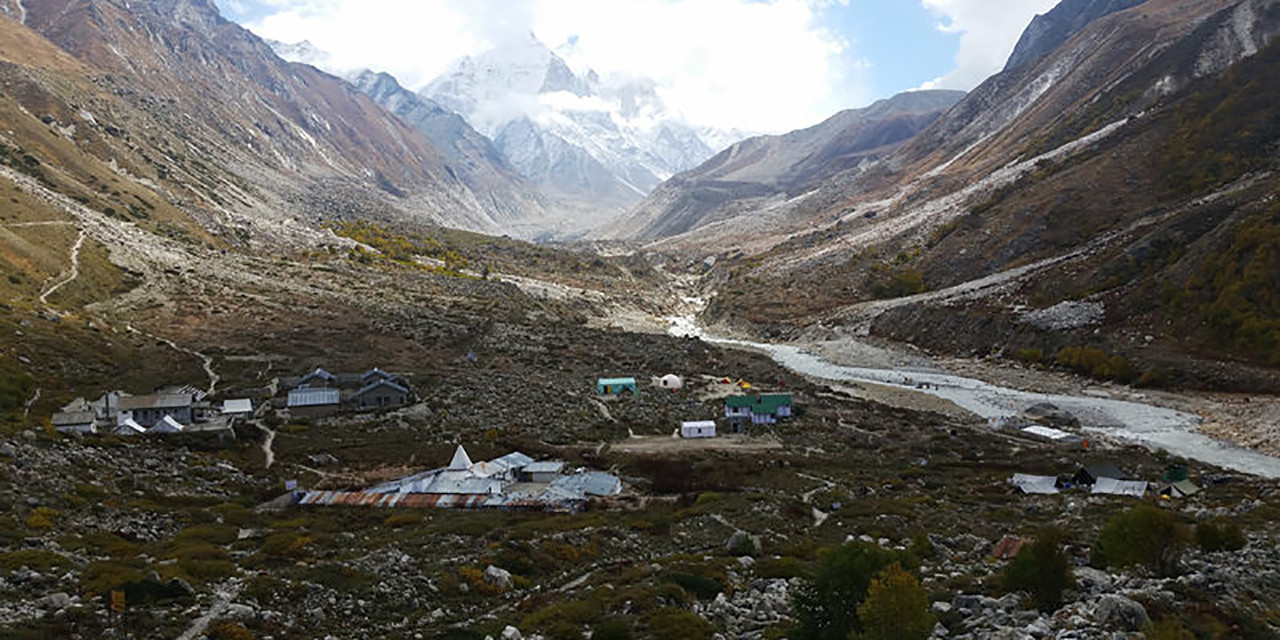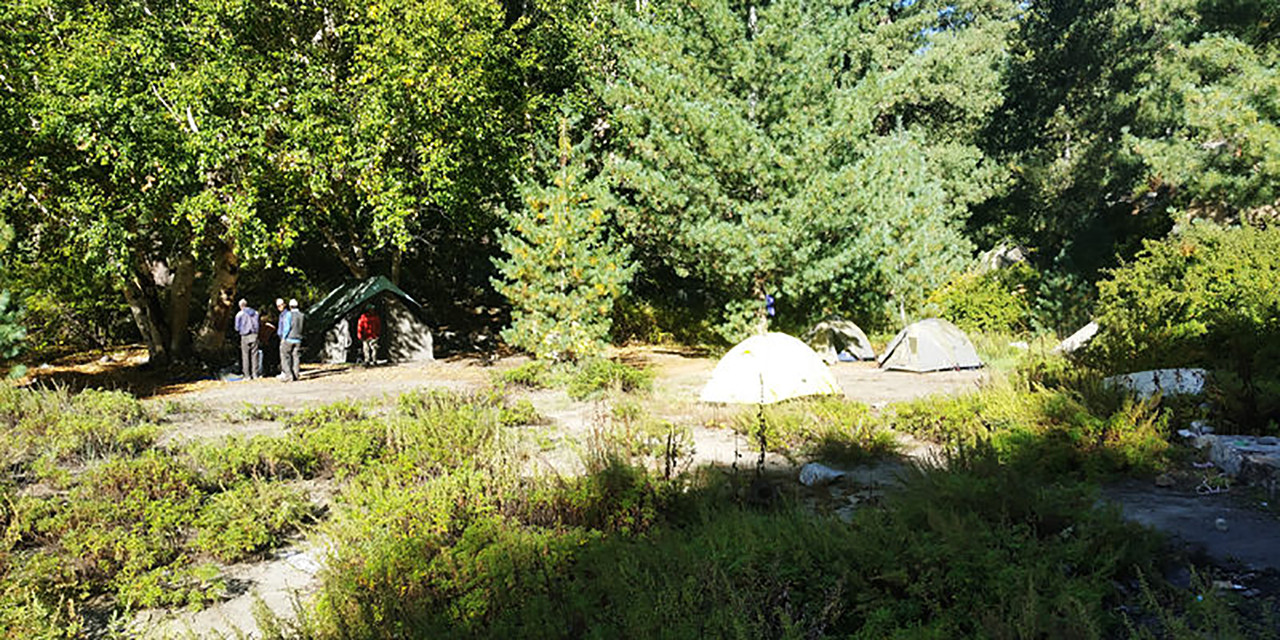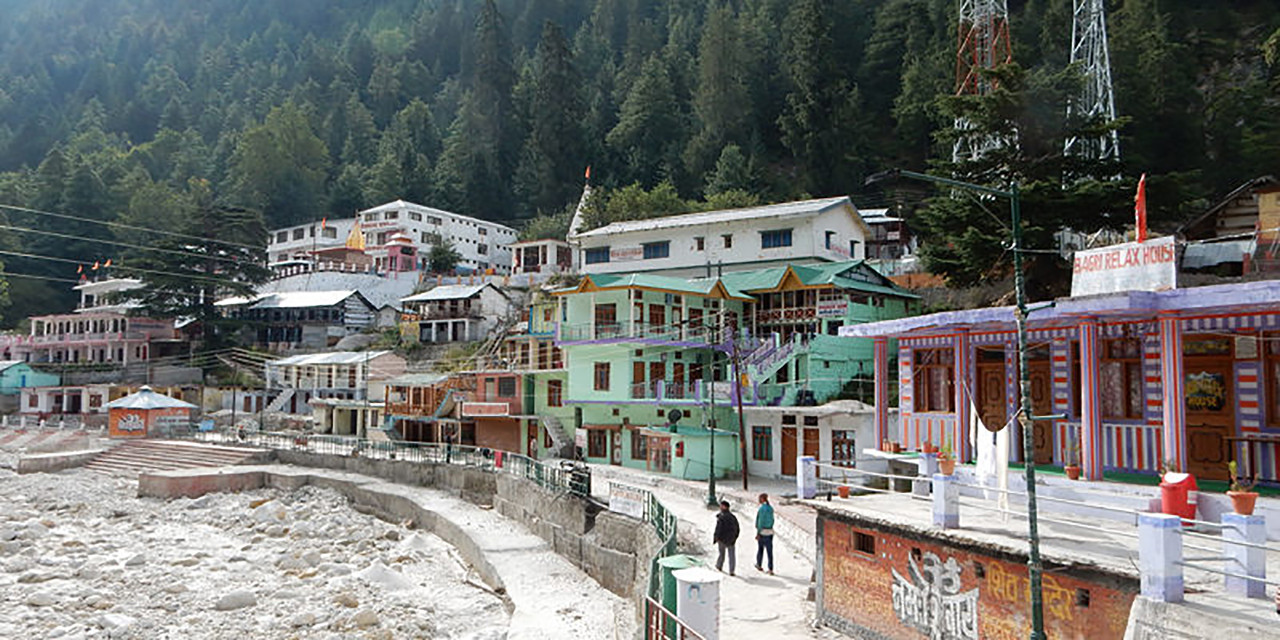Himalayan Pilgrimage to Gangotri
with Ishan Tigunait
October 2–14, 2016
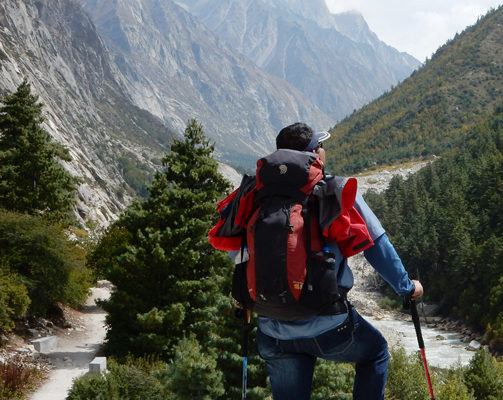
Join us on this unforgettable pilgrimage through the majestic Himalayas in India.
This Himalayan pilgrimage is a unique combination of purpose-driven adventure, trekking, and exploration of sacred sites enriched by practice and satsanga. Led by Ishan Tigunait, whose many years of practice and study under the guidance of Swami Rama and Pandit Rajmani Tigunait have given him valuable insight into the roots of the Tradition.
Retracing the footsteps of the sages, such as Swami Rama, while traveling through Yamunotri, Uttarkashi, and Gangotri, culminating at the glacier in Gomukh from where the sacred river Ganga emerges, are highlights of this pilgrimage. Learn the deeper significance of each location and strengthen your spiritual practice as we move from shrine to shrine, absorbing the living energy that pervades this unique region.
Himalayan Institute Spiritual Excursion: 44+ Years of Pilgrimage
With over 44 years of experience leading pilgrimages, diverse individuals from across the globe have traveled with us to sacred places, major pilgrimage centers, and bustling cities throughout India. We hope you join us on this upcoming pilgrimage to Gangotri to experience the excitement of India and the unparalleled majesty of the Himalayan Mountains. Learn more
Gangotri
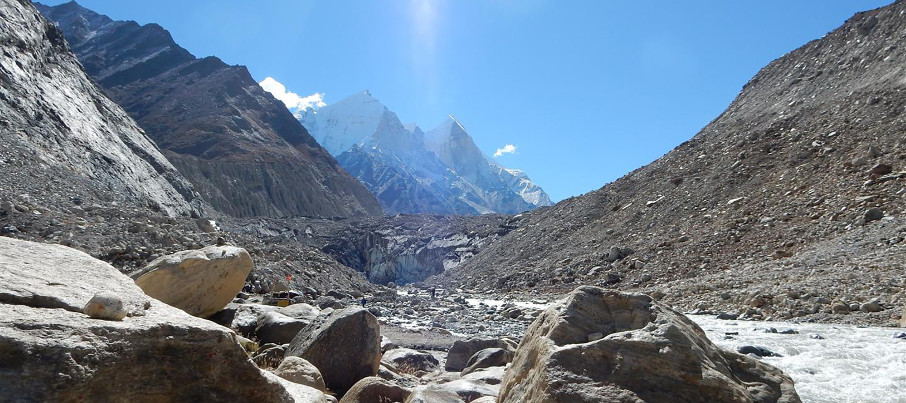
Located deep in the Himalayas, Gangotri is the seat of the goddess Ganga and origin of the sacred river Ganga. For thousands of years, yogis have aspired to absorb the sacred energy of the Ganga at its source, and receive the blessings of the immortal masters whose vibrations pervade the entire region.
Gomukh
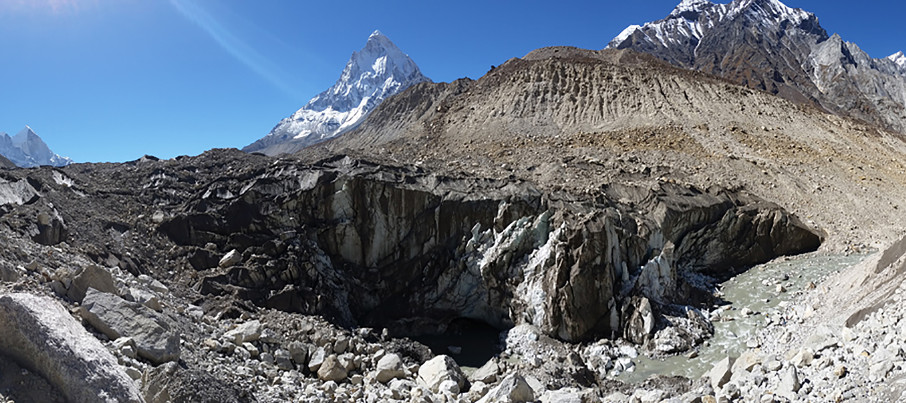
A scenic trek beyond Gangotri leads to the Gomukh Glacier, the Ganga’s source. Along the way, the trail passes through blue pine forests in Chirbasa, alpine meadows, and boulder fields, all the while being embraced by the towering peaks of Mounts Shivling and Meru and the flowing Bhagirathi River.
Uttarkashi
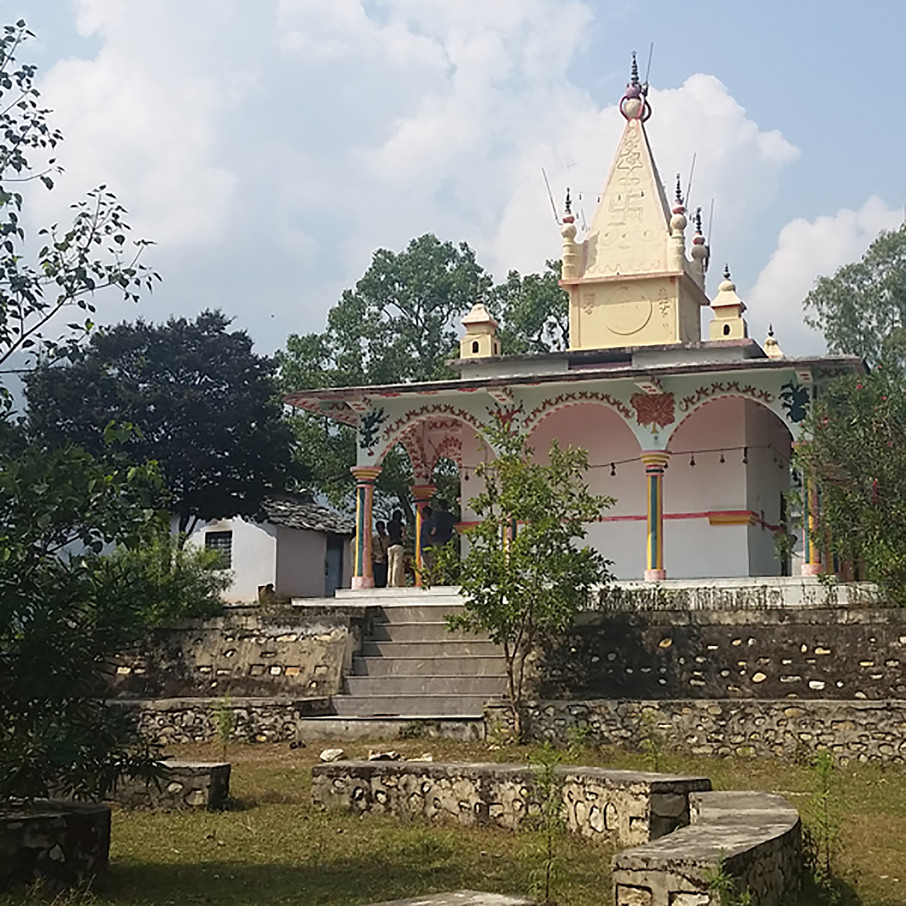
Uttarkashi literally means “North Kashi (Varanasi),” and is a shrine considered as sacred as Varanasi. Situated on the banks of the Bhagirathi River, it is the gateway to the shrines hidden deeper in the Himalayas, and renowned as the home of the sage Renuka, mother of the legendary sage Parashurama.
Yamunotri
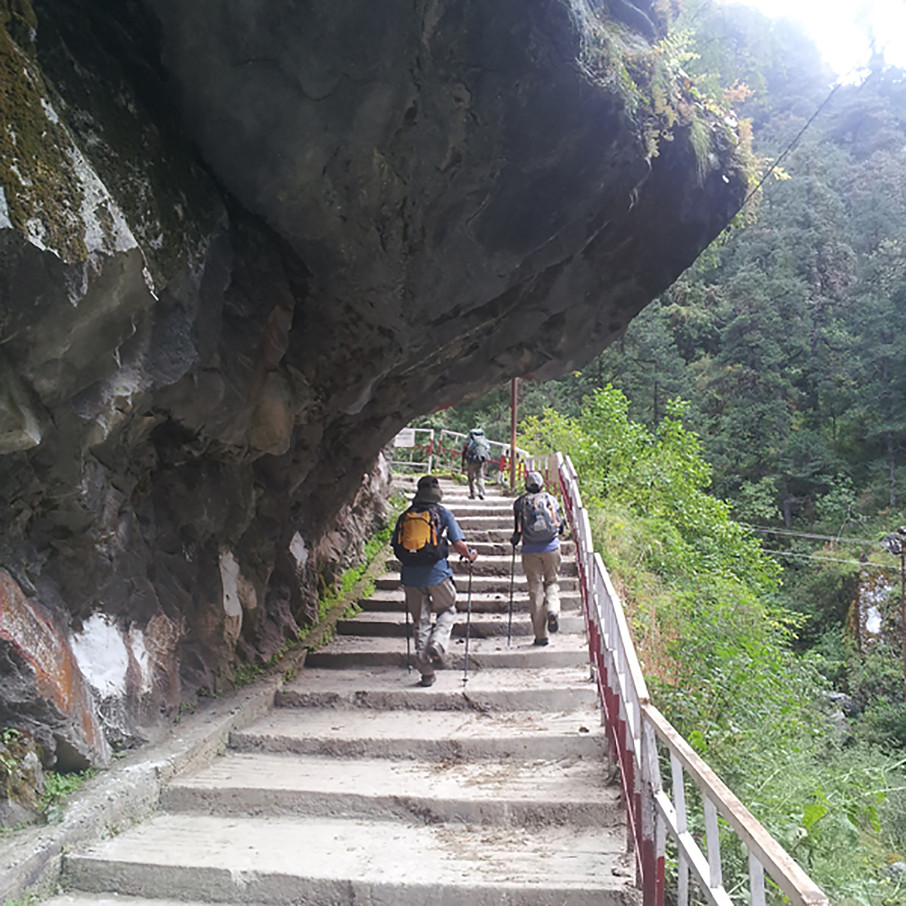
Perched in the verdant mountains to the west of Gangotri, Yamunotri attracts pilgrims seeking the source of the sacred Yamuna River. Traditionally, aspirants seek the blessing of goddess Yamuna, a spiritual counterpart of the Ganga, before continuing their pilgrimage to Gangotri.
Mussoorie

This hill station, overlooking the Doon Valley, sits in the foothills of the Himalayas with the snowy peaks visible in the distance. Mussoorie is a historic town from the days of the British Raj, with many points of interest, such as waterfalls, lakes, temples, parks, old colonial estates, and resorts.
| Day 1, October 2 | Dehra Dun to Sursingdhar. Arrive at Dehra Dun Airport and transfer to Sursingdhar by motor coach. |
| Day 2, October 3 | Sursingdhar. Village walk and free time to explore Sursingdhar. |
| Day 3, October 4 | Sursingdhar to Janki Chatti. Check in at guest house and explore Janki Chatti; evening satsanga. |
| Day 4, October 5 | Janki Chatti to Yamunotri. Trek to Yamunotri. |
| Day 5, October 6 | Janki Chatti to Uttarkashi. Arrive in Uttarkashi and visit main temples in the afternoon. |
| Day 6, October 7 | Uttarkashi. Morning and afternoon hikes to Nachiketa Tal and Renuka Temple; evening satsanga. |
| Day 7, October 8 | Uttarkashi to Gangotri. Arrive in Gangotri; visit temple and explore surrounding area. |
| Day 8, October 9 | Gangotri to Chirbasa. Begin trek in the morning; reach forest camp; afternoon free time. |
| Day 9, October 10 | Chirbasa to Bhojwasa. Trek to Bhojwasa, evening satsanga. |
| Day 10, October 11 | Bhojwasa to Gomukh to Chirbasa. Trek to Gomukh Glacier; after lunch, return to Chirbasa camp. |
| Day 11, October 12 | Chirbasa to Gangotri to Uttarkashi. Trek to Gangotri for return to Uttarkashi by motor coach. |
| Day 12, October 13 | Uttarkashi to Mussoorie. Arrive in Mussoorie; explore local area and enjoy free time. |
| Day 13, October 14 | Mussoorie to Dehra Dun. Pilgrimage concludes with drop-off at Dehra Dun Airport after lunch. |
*Itinerary, schedule, and dates are subject to change.
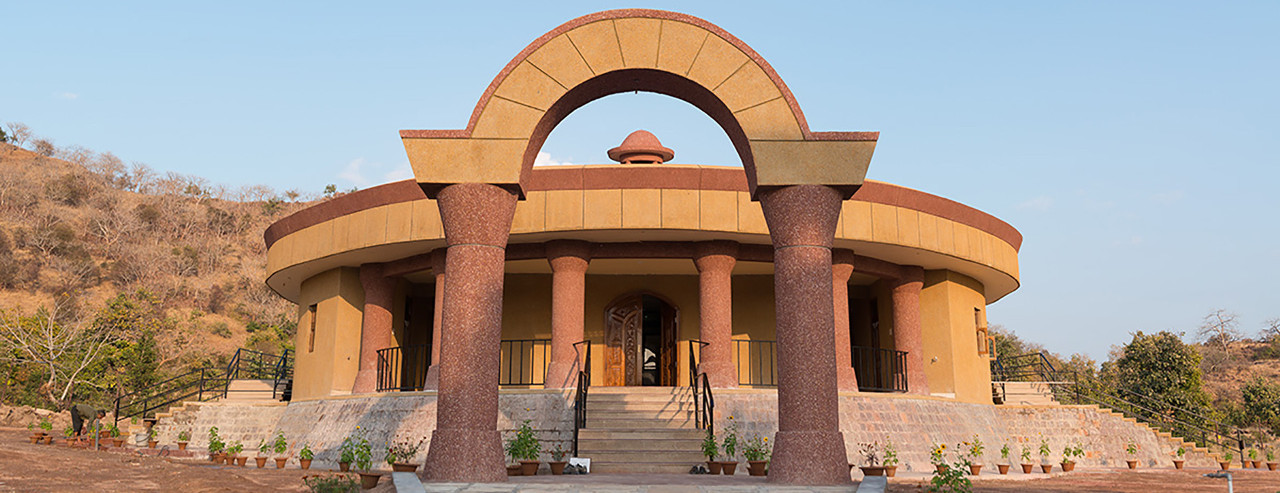
Khajuraho Optional Add-on Retreat
Extend your stay in India with an optional 5-night / 6-day retreat at our Himalayan Institute India campus in Khajuraho, home of the Sri Vidya Shrine. A Khajuraho retreat after your Gangotri pilgrimage gives you time to deepen your spiritual practice, relax, rejuvenate, and integrate the experience of the pilgrimage before returning home.
Rate: $850 (Land Only)
Dates: October 15–20, 2016 (5 nights / 6 days)
| Final Day of Gangotri Pilgrimage | Arrive in Delhi after the conclusion of the Gangotri pilgrimage. One night at Delhi hotel is included in the Khajuraho retreat rate. |
| Day 1, October 15 | Delhi to Khajuraho. Afternoon arrival in Khajuraho by flight. Check-in and orientation. Afternoon and evening free for getting settled. |
| Day 2, October 16 | Rest Day. Time for practice and enjoying the serenity and beauty of the Sri Vidya Shrine and Khajuraho campus. Satsanga with Ishan Tigunait. |
| Day 3, October 17 | Guided Nature Walk. Time for practice, reading, journaling, contemplation, or optional karma yoga (selfless service). |
| Day 4, October 18 | Group trip to town. Optional visit to Western Temple complex and Eastern Temple complex, time for shopping, exploring, and internet café. |
| Day 5, October 19 | Guided nature walk or other local group activity. |
| Day 6, October 20 | Depart Khajuraho for Delhi by afternoon flight. |
Contact
For more information or to make a balance payment:
Call (800) 822-4547 x6 or email [email protected]

